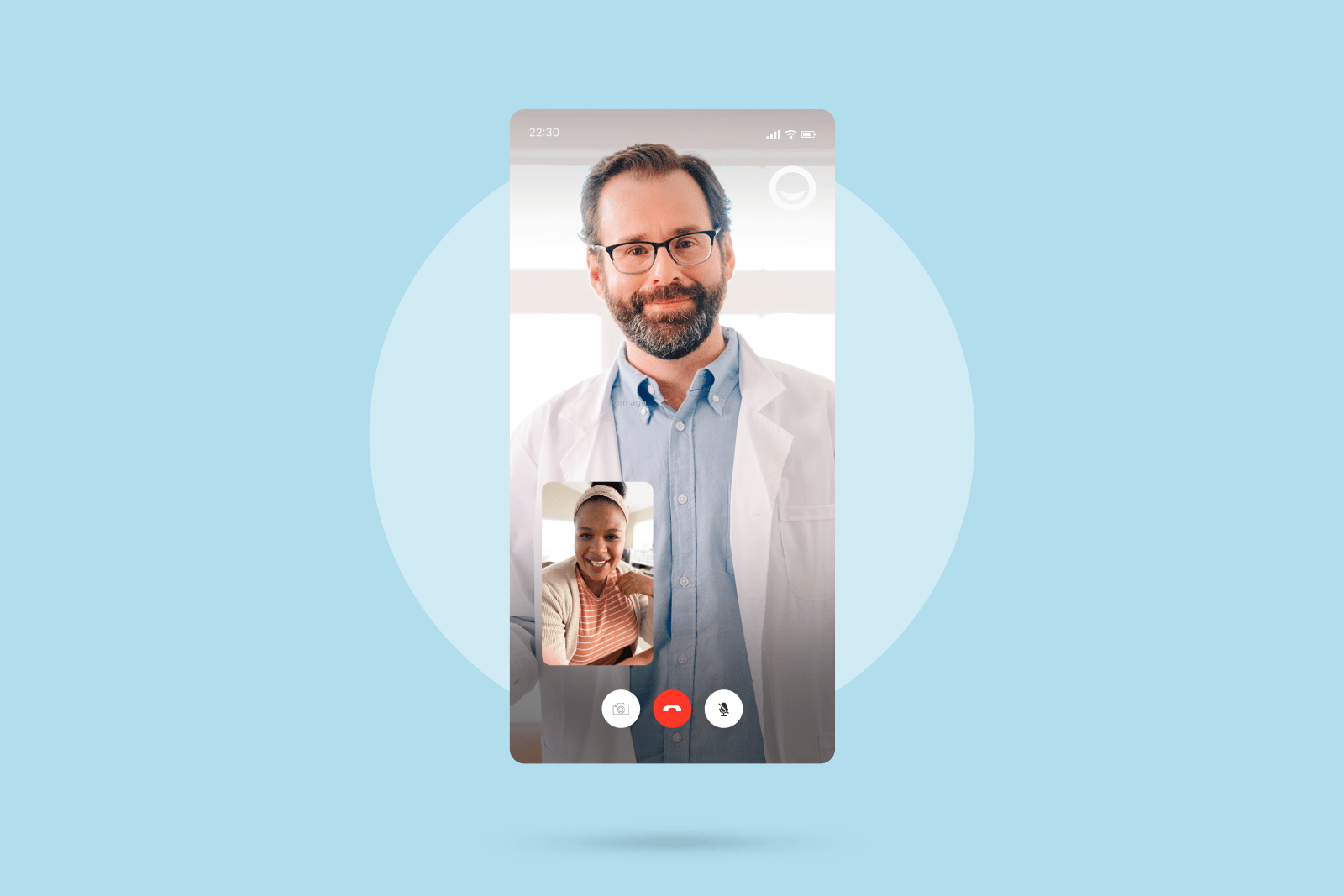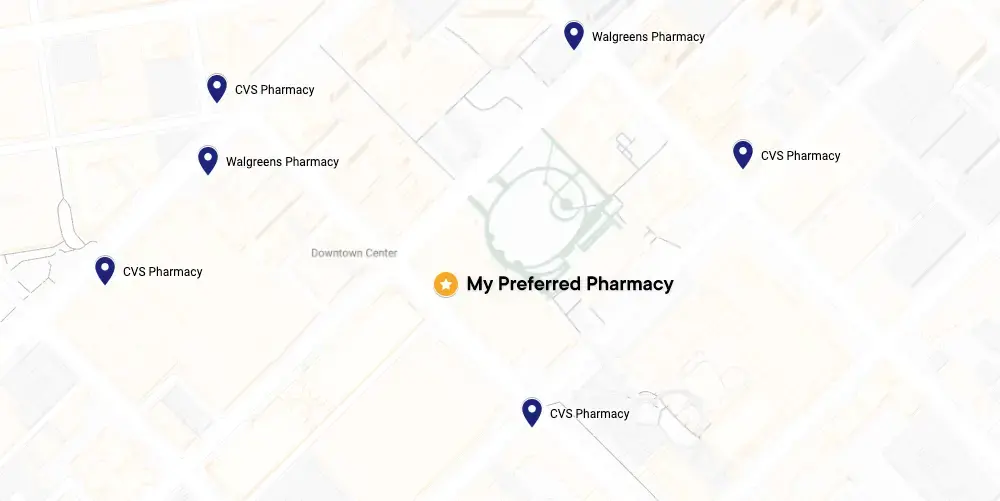What is the most common cause of back pain?
The most common cause of back pain may depend on the patient and their medical history. Muscle strains, osteoarthritis, sciatica, degenerative disc disease are common causes of back pain
What is the best treatment for lower back pain?
Applying an ice pack, heat pack, exercising, stretching, physical therapy and/or taking medications are the best treatments for lower back pain.
What is the best treatment for chronic back pain?
The best treatment for chronic back pain depends on each patient’s individual needs depending on the cause of their back pain along with their medical history. Generally speaking,maintaining a healthy weight, good posture, stretching, physical therapy, medications and exercise are the great treatments for chronic back pain.
How do you treat back pain?
If there is a known cause, treat that cause; otherwise, over-the-counter medications and prescription medications, as directed by a medical professional, can treat back pain.
How long can back pain last?
The length of back pain can vary from patient to patient depending on the cause of the back pain.
How do I know if my back pain is serious?
If you have severe back pain, pain that does not improve with rest, pain radiating down one or both legs (especially if it extends past the knee), back pain with unintentional weight loss, bowel or bladder problems associated with back pain, numbness, tingling, pain after an accident, constant pain, or chronic pain, seek medical help.







